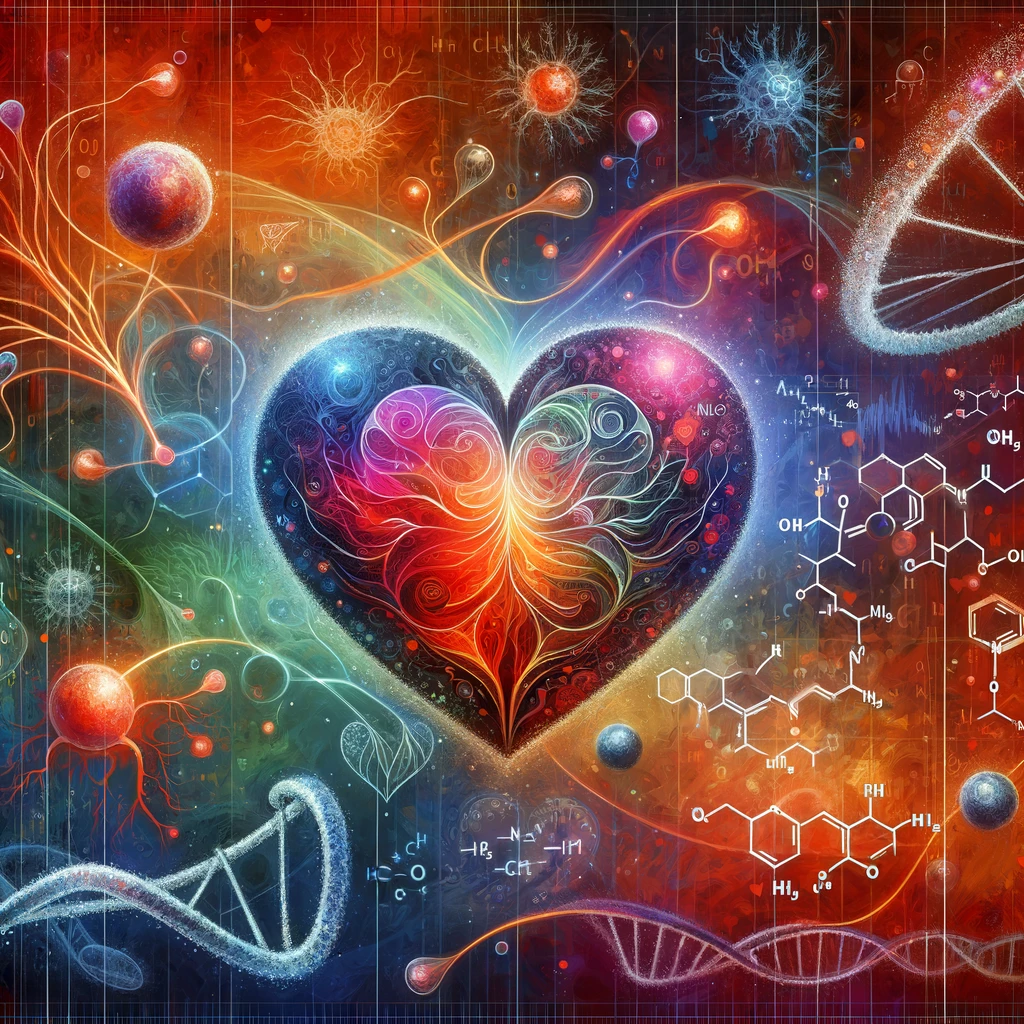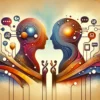Love, a universal experience that transcends cultures and generations, has long captivated the human imagination. But beyond its poetic portrayals, love is a complex interplay of biological processes, psychological dynamics, and emotional connections. This post aims to unravel the science behind love, shedding light on the forces that draw individuals together and the factors that sustain deep, lasting bonds.
The Biology of Love: Hormones and Brain Chemistry
The sensation of falling in love triggers a cascade of biochemical reactions in the brain, creating feelings of euphoria, attachment, and obsession.
Dopamine: The Pleasure Pathway
Dopamine, a neurotransmitter associated with the brain’s reward and pleasure centers, plays a significant role in the experience of love. When we fall in love, dopamine levels surge, producing feelings of joy, exhilaration, and a sense of reward when we’re with or thinking about our partner. This biochemical reaction is similar to the effect of certain drugs, explaining the addictive quality of love.
Oxytocin and Vasopressin: Bonds that Bind
Oxytocin, often called the “cuddle hormone,” is crucial for creating emotional bonds and enhancing social connections. Released during physical touch, including hugging, kissing, and sexual intimacy, oxytocin fosters feelings of closeness and attachment. Vasopressin, another important hormone, is associated with behaviors that promote long-term, monogamous relationships.
The Role of Serotonin in Love
Serotonin levels also play a role in love, influencing mood and emotion. Interestingly, studies have shown that serotonin levels in new lovers resemble those of individuals with obsessive-compulsive disorder (OCD), suggesting a link between the obsessive thoughts often experienced in the early stages of love and serotonin.
The Psychology of Love: Attachment and Attraction
The psychological aspect of love encompasses our emotional responses and the mental processes that underpin attraction, attachment, and relationship dynamics.
Attachment Theory
Developed by psychologist John Bowlby, attachment theory posits that early relationships with caregivers shape our expectations and behaviors in adult romantic relationships. Securely attached individuals tend to have healthier, more fulfilling relationships, while those with insecure attachment styles may struggle with intimacy and trust.
The Attraction Triad: Proximity, Similarity, and Physical Attraction
Psychological research has identified several key factors that influence attraction. Proximity (geographical closeness) increases the likelihood of meeting and forming connections. Similarity in beliefs, values, and interests fosters a sense of understanding and compatibility. Physical attraction, driven by biological and evolutionary factors, plays an undeniable role in sparking initial interest.
Emotional Dimensions of Love
Emotionally, love encompasses a broad spectrum of feelings, from the initial excitement and passion of new love to the deep, abiding affection of long-term companionship.
The Transition from Passionate to Companionate Love
Research by psychologist Elaine Hatfield and others has distinguished between passionate love — an intense, desire-driven form of love — and companionate love, characterized by deep affection, commitment, and emotional intimacy. Over time, successful relationships often transition from the fiery intensity of passionate love to the comforting warmth of companionate love.
Love’s Impact on Well-being and Health
Emotionally fulfilling relationships contribute to psychological well-being and physical health. Studies have shown that individuals in loving, committed relationships tend to have lower stress levels, better immune function, and a reduced risk of mortality.
Conclusion: The Multifaceted Nature of Love
Understanding the science of love illuminates the myriad forces at play in one of humanity’s most cherished experiences. From the rush of dopamine to the comfort of oxytocin, the evolutionary underpinnings of attraction to the psychological patterns of attachment, love is both a biological phenomenon and a deeply personal, emotional journey. As we continue to explore the complexities of the human heart, we gain not only insights into the mechanics of love but also a deeper appreciation for the profound connections that enrich our lives.



